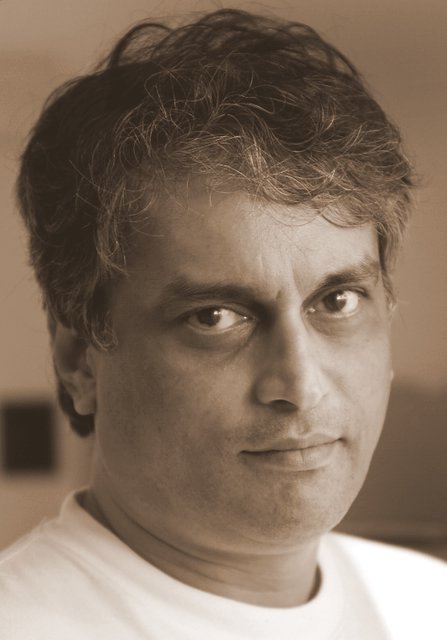how would techies describe a dog?
The Cluetrain Manifesto? What's that? Those were the questions that geeks would ask when the book first hit them in 2000. Short of asking the netizen in you to rebel, it said everything. Perhaps it should have had an elaborate sub-title: Converse, You Lose Nothing But Your Chains. The book became a cult very much like Po Bronson's paean to Silicon Valley entrepreneurship, Nudist On The Late Shift.
The Manifesto came alive last week, in The Economist, when David Sifry, founder of the blog search-engine Technorati, acknowledged he was inspired by the controversial work. But what the hell is The Cluetrain Manifesto? Here's blogger Andrew Savory's take on the geek bible:
- it's made up of two words, "clue" and "train"- "clue" is something you give to users "hitting them with a cluestick, hitting them with a clue-by-4".
- train is obviously something for transporting people, but also a general idea of "moving things along".
So, I think the general idea of cluetrain is that it's something that everyone should hop on to really_get_ the idea of the manifesto.
According to the frequently updated Wikepedia, the book and its website (www.cluetrain.com) both challenge outmoded, 20th-century, thinking about business, listing 95 theses as a reference to Martin Luther's manifesto which heralded the start of the Protestant movement. To understand what maverick authors Rick Levine, Christopher Locke, Doc Searls, and David Weinberger have to say, let's look at their core thesis:
"Markets are conversations. Their members communicate in a language that is natural, open, honest, direct, funny, and often shocking. Whether explaining or complaining, joking or serious, the human voice is unmistakably genuine. It can't be faked. Most corporations, on the other hand, only know how to talk in the soothing, humorless monotone of the mission statement, marketing brochure, and your-call-is-important-to-us busy signal. Same old tone, same old lies. No wonder networked markets have no respect for companies unable or unwilling to speak as they do."
Simple and heretical. After all, organizations need structures to create, perform, and improve. Size and complexity feed on processes. Conversations can't scale up organizations. But if markets began, and continue, as conversations, why can't organizations be chats, discussions, or even blogs? Why can't informality redefine formality? Why can't we converse strategy instead of formulating it?
Why can't we all jump on a cluetrain and have a jolly good ride? To cluetrain your thoughts, think of Abraham Lincoln's Gettysburg address as a PowerPoint presentation. Google's Peter Norvig already has a six-slide ppt at www.norvig.com. It's delightful because it's structured. But it may not provoke you because it's not emotive.
Well, six years after The Manifesto first appeared on the web, it's still a refreshing read. It's not the internet's very own manual, nor is it the guiding principle of the blogosphere. It is a handbook of ideas, starting with you.
Perhaps the best posting in the book is its advice to companies to first understand themselves: "Every business is dysfunctional because everything human is at least a bit broken. It's not an accident. It's the human condition."
So, conversation is surely continuous improvement. That is one view among the many threaded opinions you'll find on the web.
If anything, The Manifesto is amusing, intelligent, provocative. It's not afraid to take a dig at its own community. Here's an extremely sticky example: "A veterinarian using TechnoLatin might say that a dog serves as a platform for sniffing, is an open environment for fleas, and that it supports barking." Can you you think of any line with a better bite?

